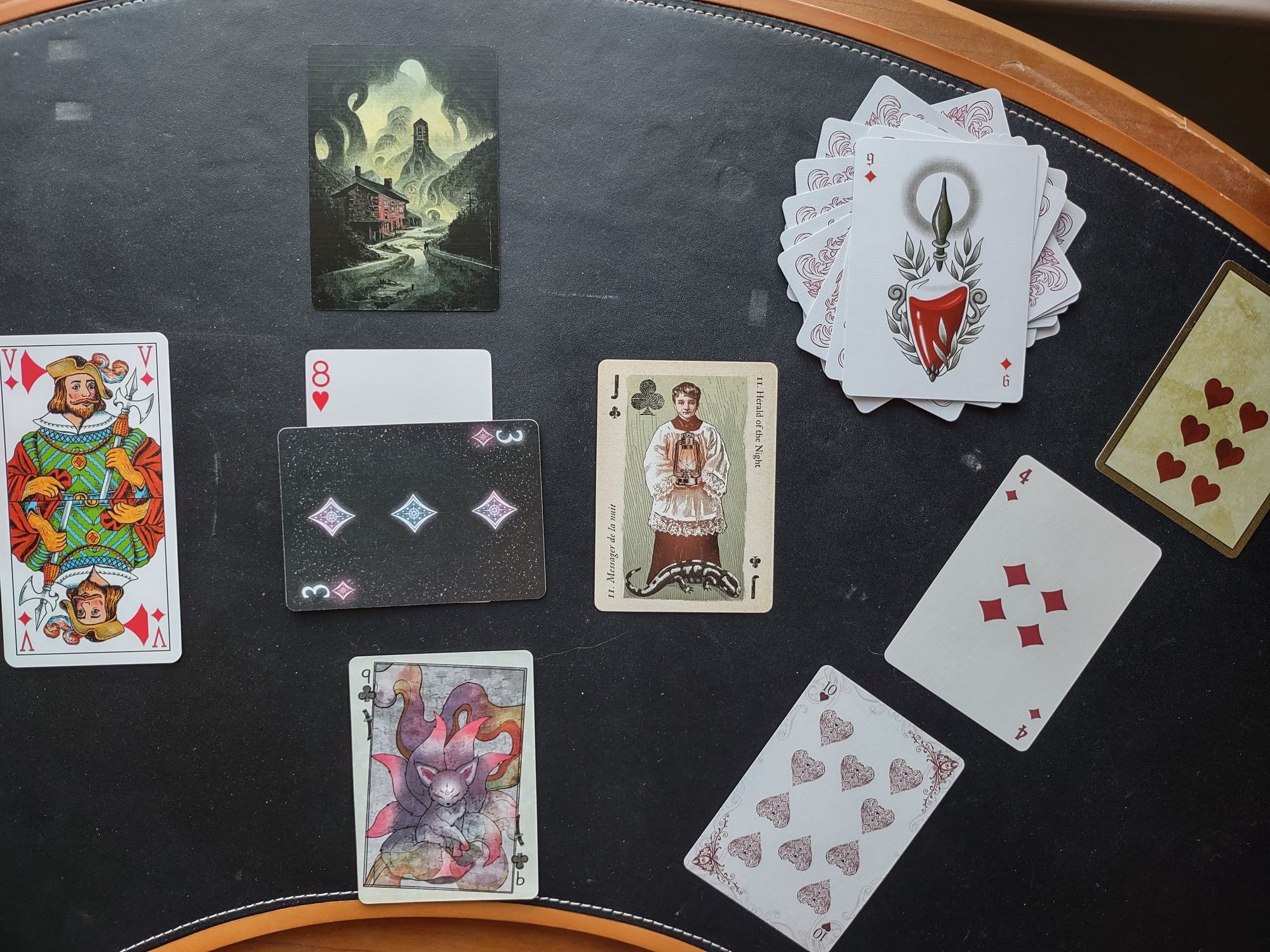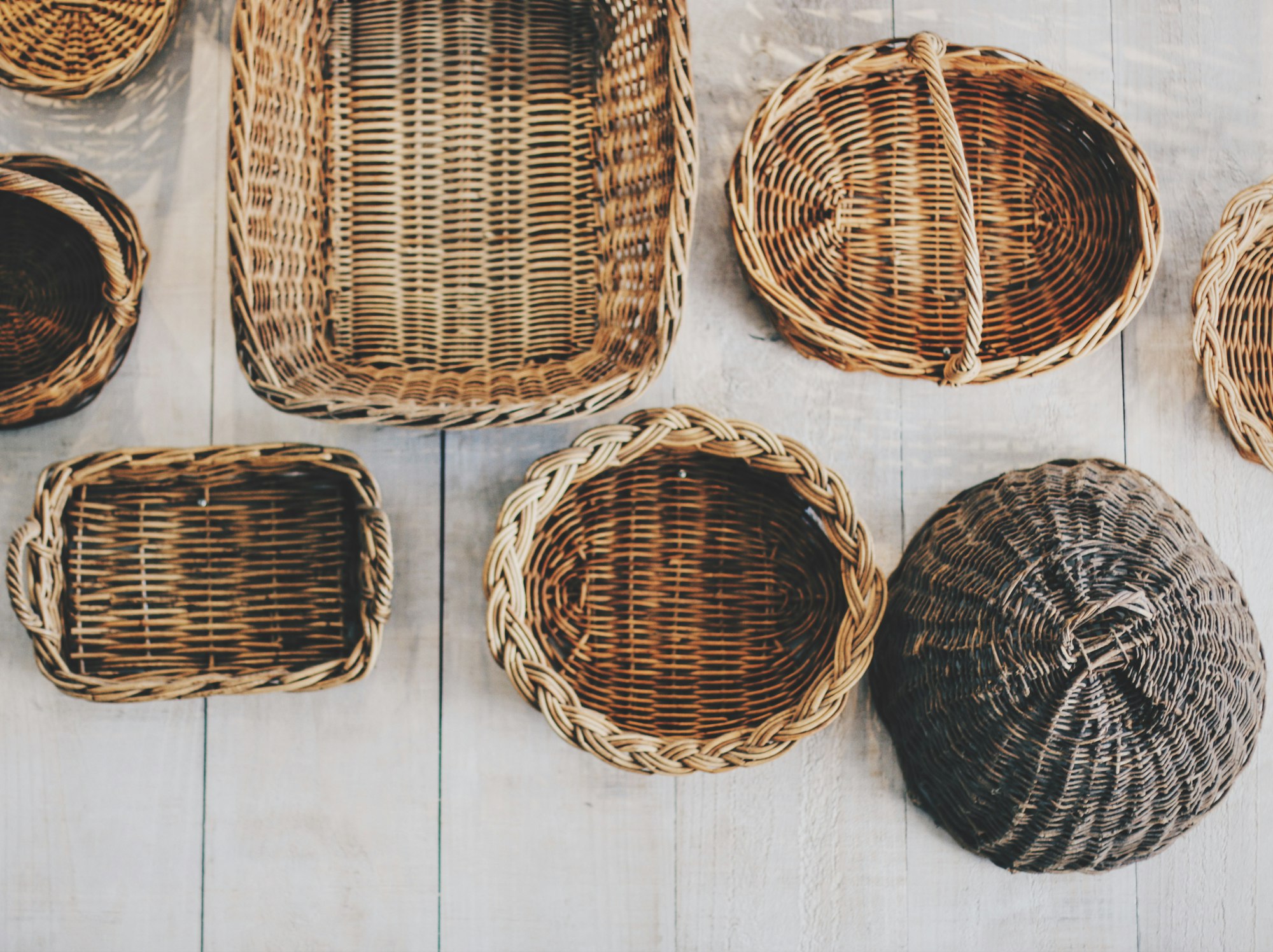X: Pickaxe
Okay, it's time to talk about Minecraft.
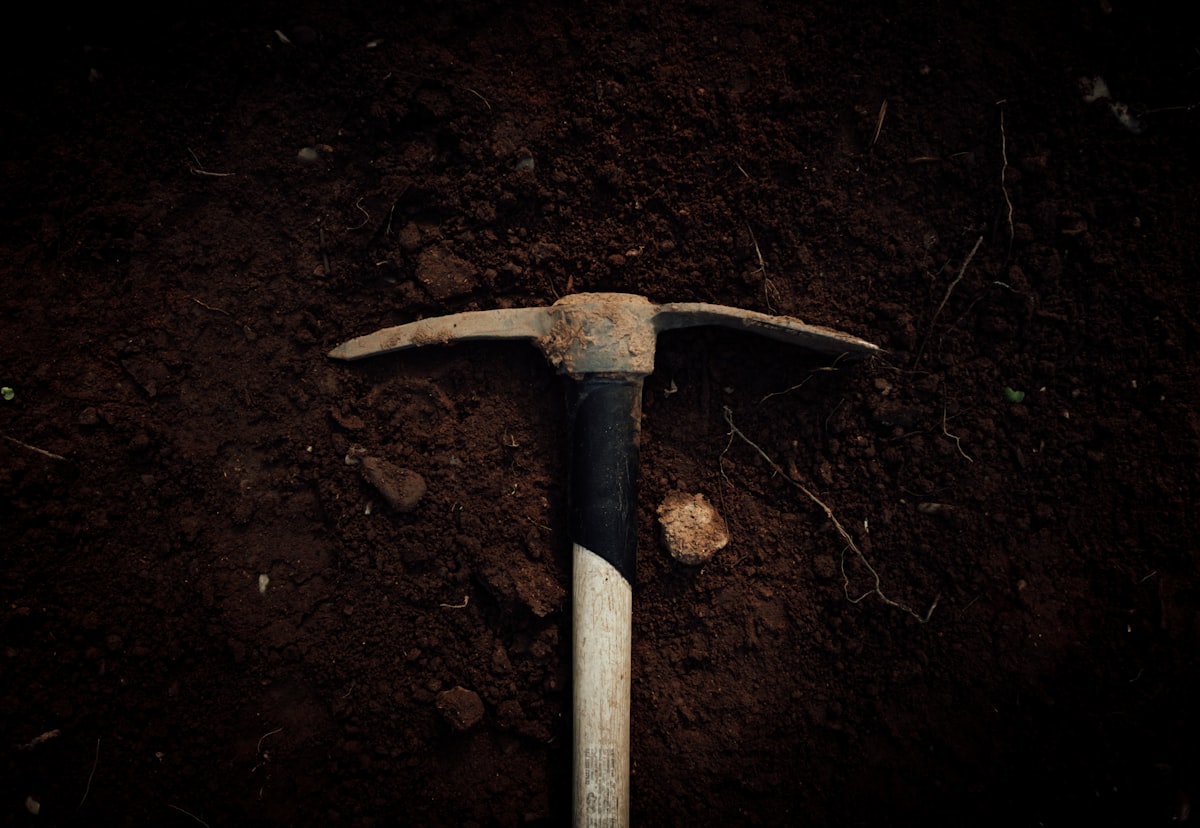
Good morning. Today is décadi, the 10th of Frimaire, Year CCXXXI. We celebrate la pioche, a tool for poking holes into hard things.
Well, I suppose it's time to talk about Minecraft.
I was introduced to the game by my kids, and I can understand why the game has become a monster hit for the pre-tween crowd. It's an open world that's both safe and dangerous, cute and cruel, creative and prescriptive. You can play it almost any way you want to. I spent my first session in creative mode gleefully smacking trees with a cake in my hand, to the extreme annoyance of my daughters. My play style, to their relief, has evolved since then.
For those not familiar, somehow, Minecraft is a block-shaped world full of resources, tools, and critters. You can interact with those items in any way you want, and the world is procedurally generated, so every game has an aspect of exploring a new planet to it. Let's talk about (some of) the different ways you can play Minecraft:
1) For the plot. There is a plot with an end game. I think it involves killing something appropriately called the Ender Dragon. To do this, you have to accumulate incredible wealth and resources, and travel to other dimensions. My kids know more about this than I do. I'm not interested. This is the version of the game that is closest to an open world quester, like Skyrim or Grand Theft Auto, albeit without prescribed side quests.
2) To build stuff. This is how my girls play. There's three subsets here. My oldest pursues the subset of following blueprints, learning cool building techniques online and trying them out herself in pursuit of replicating a goal. My youngest belongs to another subset, which is to wild out as creatively as possible. There is a third subset that is social, joining a server with strangers or friends to collaborate on a project, such as recreating the Eiffel Tower or making the biggest mansion possible. This is the version of the game that is closest to playing with Lego, which Minecraft is often compared to.
3) Wealth accumulation. Minecraft has an economics to it, though thankfully it's self-contained and doesn't encourage real-world grinding to get gear the way other pay-for-item games do. The in-game economics are more along the lines of converting one clump of resources into another, better resource, through cooking or smelting or alchemy or whatever. You can then assemble a house full of bling and feel satisfied. This is the version of the game that is closest to actual life (capitalist edition). If you want to skip this, there is a "creative mode" that just hands you everything in unlimited amounts immediately.
4) Exploration. Because each world is unique and consists of ever-updating biomes both above and below ground, this is a satisfying way to play by itself, just roaming the world to see what's around each corner. Or who! There are monsters and people who will treat you with kindness or ambivalence or hostility in every region, and it can be fun just to walk from encounter to encounter. You can then build and interact accordingly. This is the version of the game that is closest to civilization simulators, like, well, Civilization, although you are always just one person and nothing around you ever evolves.
I'm a hybrid explorer/accumulator/builder. My style revolves entirely around pickaxes. I just love to dig.
Every time I load up Minecraft, I have a goal of a one-, maybe two-session adventure in which I create a diamond pickaxe. This totem represents a lovely progression through the game's resources, requires a utilitarian amount of sensible building, and especially rewards adventurous exploration. If you really want to wrap the first play style in there as well, it has a plot.
You begin by tearing down a tree with your bare hands. This gives you the wood necessary to make sticks for handles, and then a wooden pickaxe. This you can use to dig up the stone and dirt needed to build a small hut to hide in when the monsters arrive at night. You can also use the stone to make a stone pickaxe, which is needed to start mining in the most interesting direction in Minecraft – down.
You dig through until you find coal, represented as little black splotches in the stone, and you get as much of that as you can. In your hut, you make an oven and fuel it with coal. Then you go exploring again to find iron – little yellow splotches in stone – and bring it back to smelt into iron ore. This is how you make an iron pickaxe.
Not only does the iron pickaxe last a lot longer – tools slowly break down as you use them in Minecraft – but it can mine the ultimate resource once you dig deeply enough to find it: diamond, represented by, you guessed it, little blue splotches in stone. Get a few of those bricks, make a diamond pickaxe, and you've "won."
Along the way, you'll open up caverns full of skeletons guarding a loot box, gorgeous caves lit up by lava lakes, astounding underground waterfalls, and all sorts of pretty gems and precious metals. You'll build staircases, fashion swords to help with the occasional bat, harvest some sheep on the surface to feed yourself as needed ... one diamond pickaxe requires a dabbling in all the key interactions of the game.
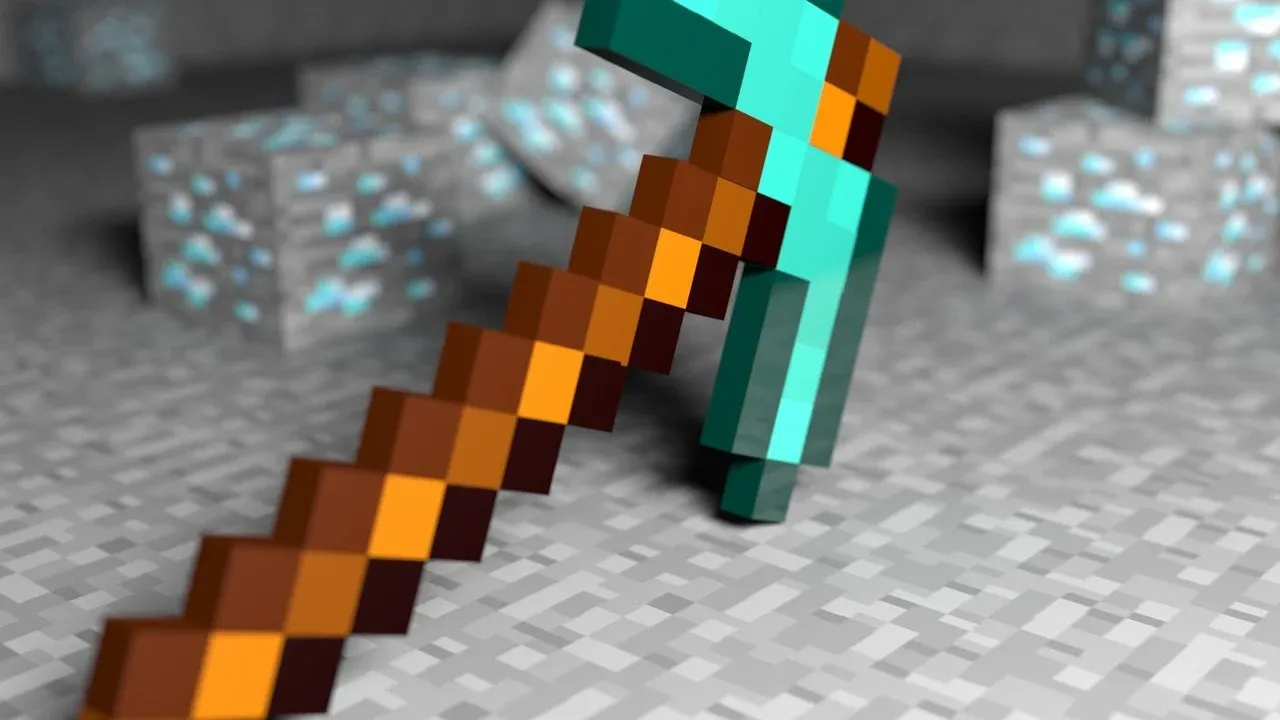
I like the diamond pickaxe because it doesn't eat up weeks of my life, but still provides that lovely power-of-two difficulty curve. There's a set of tasks, each twice as hard as the previous one, so you get fast wins to begin with and more slow but more satisfying wins as you go. A power-of-two difficulty curve has to end at 32 or 64 to avoid being too punishing to be fun, which the diamond pickaxe fits well within. It's the fourth in a sequence: wood is about "2" hard to make, stone is about "4" and iron is about "8" and you bow out with "16." No real exertion needed, but enough time spent to feel worthwhile.
We're inundated with math games like this now. Every idle game on your phone is just a math generator that obeys some variation on the Fibonacci sequence, slowly spacing your dopamine hits out until you can't wait as long as you're supposed to and you hand over a buck for the next one. The players with the most patience spend the least money, but also have the least "fun," if you're willing to classify the fleeting rewards of "here are some new pixels to look at" as fun.
I think one reason a certain demographic of a certain generation got suckered into NFTs is that those unlovely pictures resembled the sorts of rewards an idle game offers. You get in early, you mine your bored ape, then you trade it to some other sucker to get a better, rarer one, and this continues on and on until you're rich! That's what these games do, so it seemed reasonable to assume the real-world economy would work the same way, endlessly elastic to truly ridiculous pinball machine score numbers. Sadly, these people found out that the real world operates on a harder power-of-difficulty curve than any game in existence.
I'm drawn to games for these curves. The gameplay varies from mind-numbing (in the case of the dumbest Farmville-like idler) to addictive (in the case of Civ IV), and I guess it makes sense for me to mold Minecraft into another game like those, even if it's too nebulous to really fit the bill.
Like a lot of people, I've also enjoyed the renaissance in board games of the past few decades, in which the cardboard pathway with a random number generator has slowly transformed into elaborate power-of-difficulty tasks for you and a group of friends to tussle over or conquer together. Confession: this entire newsletter is an outgrowth of my own attempt at making such a game based on the French Republican calendar. (I still might! I've just run into the hardest math problem to solve – how to make the game not take too long. I'll unlock that secret someday.)
The pickaxe, to me, represents that rarest and most precious form of game – the one in which you define your own barely attainable goal, then tear apart the world trying to get it. The pleasures of this represent the only way in which I can honestly say I understand what the hell is up with billionaires.
Today's card: 9 of diamonds
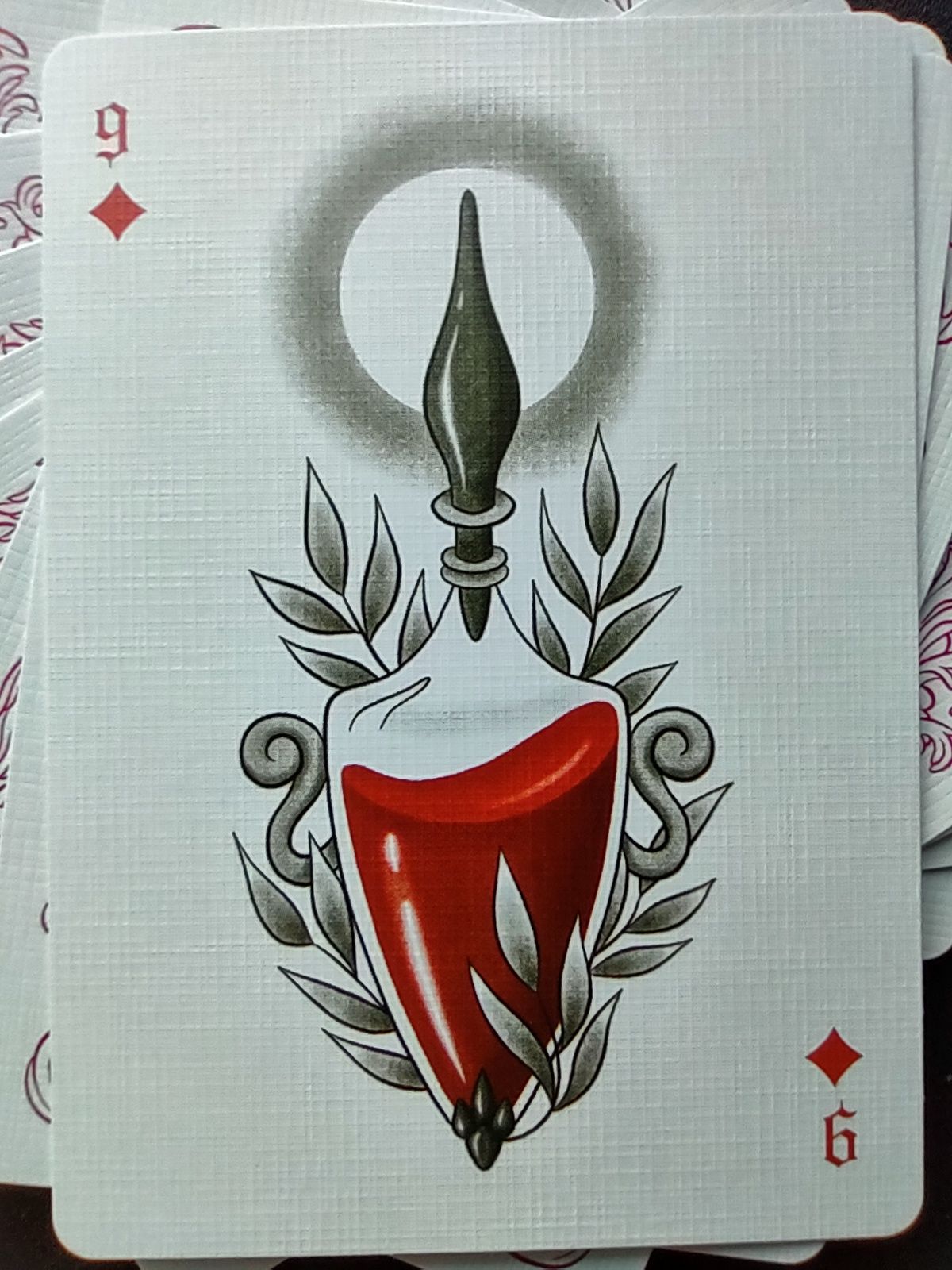
Click for a recap of the story so far...
Frida went to a party and made lots of new acquaintances, friends, and maybe potential lovers (8♥) thanks to a fierce inner spirit (9♣), but she's nervous about who she can trust (3♦) because she's recently been burned by a lover who took a large sum of money and ran (J♦) and the friend group seems full of drama (vibe). Her first opportunity is someone who seems sympathetic and an able emotional guide (J♣), but the cards suggest she should stop worrying and just make friends with everyone (10♥), starting with the group's freeloading chaos agent (4♦). She should be careful, though, not to bite off more than she can chew, and allow things to develop at a comfortable pace (6♥).
It's always tempting to just read diamonds as money, but the definition is broader than that for a reason. This card indicates that Frida – if she takes an active, open, and gradual approach to befriending each individual member of this new group – can expect to be rewarded with a lifetime of experiences. The nine is a particularly strong number, because unlike the ten, it doesn't portend any turnaround or ending. Rather, it has the self-sustaining strength for the long haul.
This particular flower-themed deck displays a vial of either perfume essence or blood, either of which is welcome in this context. The tincture could merely be a pleasant whiff of the fun she will have with these people for a long time, or the blood bond she will feel. These will be friends she can count on for support when she needs it most.
And so we bid farewell and good luck to Frida, who already knew she had met her new best friend group, but needed a gentle nudge to not fall into a similar trap as in the past, becoming too focused or enamored with a single Jack. This has been a happy tale. Can't wait to see what the next décade of Frimaire will bring!
